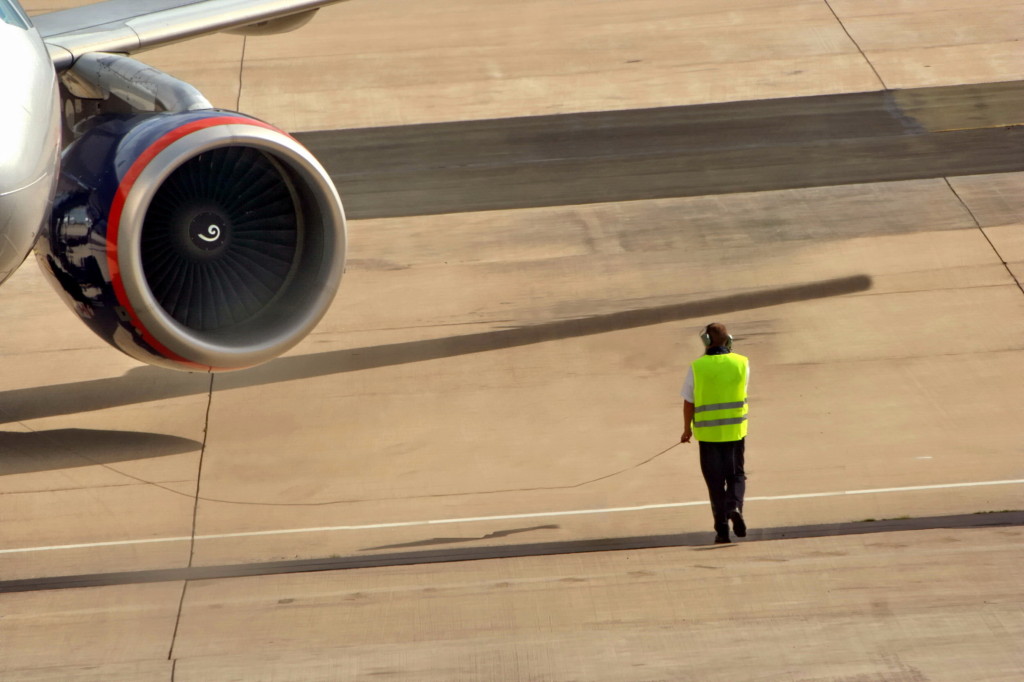What is EASA Part 66
EASA Part 66 – The European Aviation Safety Agency Implementing Rule (IR) Part 66 is the aviation regulation which defines the conditions by which a maintenance engineer is able to gain (through a company approval) authorisation to work on, certify and release an aircraft into service after a maintenance operation.
Licensed engineers are allowed to certify the work that has been carried out on an aircraft and return it to service.
There are several categories of licenses which cover different levels and disciplines and a variety of routes exist to achieve them (This Blog Focuses on CAT A).
What is an EASA Part 66 CAT A Maintenance Engineers Licence
The Category A Licence: Ramp or Line Maintenance Certifying Mechanic typically performs relatively minor maintenance tasks and “simple” part replacements that may be required and to subsequently certify these tasks.
Cat A Aircraft Maintenance Engineers Licence (AMEL) allows the holder to issue certificates of release to service (When supported by an Approved Maintenance Organisation – AMO (145) following minor “Task Trained” scheduled line maintenance and simple defect rectification within the limits of the tasks specifically endorsed on the company authorization.
The privileges related to the certification shall be restricted to work that the license holder has personally performed (or is directly involved but requires assistance – for example wheel change) in a Part-145 organization.
How may I obtain CAT A Maintenance Engineers License
There are essentially two different routes to an EASA licence: the self managed process and the EASA Part-147 approved organisation course process:
The self-managed route allows you to self study for the EASA examinations (module by module and then to sit the exams at an approved EASA examination centre. The learning opportunities include self study short courses or distance learning courses.
Category A license is attained after completing a 6-month approved course and examinations, plus 1 year of appropriate certified experience. The alternative route to this licence is the self-improver, which can be achieved by self-study or attending a modular course. In this case 2 years appropriate experience is required.
Using the EASA Part-147 approved course process (carries additional benefit associated with recognition) An additional benefit of this route is that the EASA assessment process is normally integrated into the course and is typically based on the material you are taught.
66.A.20 Privileges – Subject to compliance with paragraph (b), the following privileges shall apply:
A category A aircraft maintenance licence permits the holder to issue certificates of release to service following minor scheduled line maintenance and simple defect rectification within the limits of tasks specifically endorsed on the authorisation.
The certification privileges shall be restricted to work that the licence holder has personally performed in a Part-145 organisation.
66.A.30 Experience requirements – An applicant for an aircraft maintenance licence shall have acquired:
1. for category A and subcategories B1.2 and B1.4:
(i) three years of practical maintenance experience on operating aircraft, if the applicant has no previous relevant technical training; or
(ii) two years of practical maintenance experience on operating aircraft and completion of training considered relevant by the competent authority as a skilled worker, in a technical trade; or
(iii) one year of practical maintenance experience on operating aircraft and completion of a Part-147 approved basic training course.
66.A.45 Type/task training and ratings
(a) The holder of a category A aircraft maintenance licence may only exercise certification privileges on a specific aircraft type following the satisfactory completion of the relevant category A aircraft task training carried out by an appropriately approved Part-145 or Part-147 organisation.
(b) The training shall include practical hands on training and theoretical training as appropriate for each task authorised. Satisfactory completion of training shall be demonstrated by an examination and/or by workplace assessment carried out by an appropriately approved Part-145 or Part-147 organisation.
About Sofema Aviation Services
Over the last 8 years Sofema Aviation Services has delivered regulatory training to more than 10,000 delegates. With 45 years of commercial aviation experience behind our training program, our focus is on delivering real and connected regulatory compliant training which promotes a strong understanding of the options for safe and effective optimization of the organisation. Please see www.sassofia.com or email office@sassofia.com




